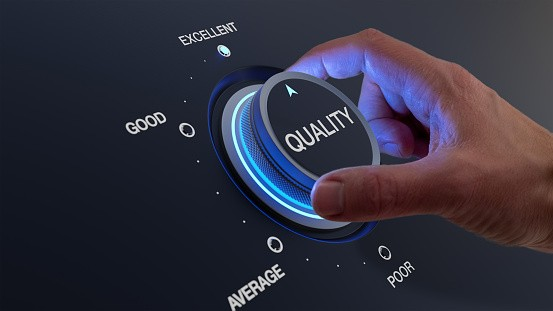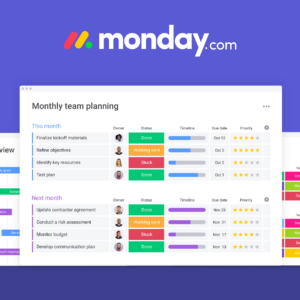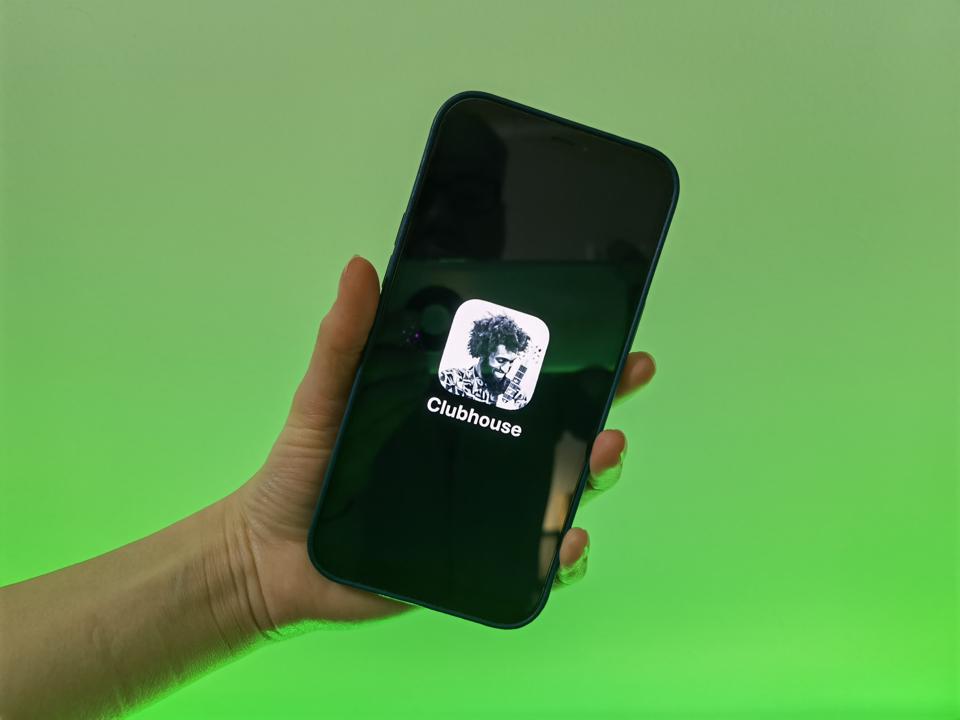Customers are the lifeline of your small business.
Correction. Happy customers are the lifeline of your small business. The quality and level of support your customers receive from you before, during or after a transaction can make or break your business.
Why?
Because dissatisfied customers are rarely quiet. The number of both online and offline forums that serve as platforms for expressing dissatisfaction is growing exponentially. Small businesses are especially susceptible to the effects of negative publicity. Oftentimes we do not have the human and capital resources to effectively mitigate such situations.
What does poor customer service or support look like?
- Rude, curt and/or disrespectful tones when speaking to customers
- Not following up with customers in the time frame promised
- Not following up with customers at all
- Abruptly ending a call with customers
- Refusing to escalate a customer’s issue to a manager or supervisor
- Not honoring the terms and conditions of the customer’s purchase
The good news is that a solid customer service/support system either prevents disputes or ensures quick, amicable resolution. Running a small business allows for this type of customer service system to be more malleable in comparison to very large companies.
The way (and the extent to which) your company provides customer support is dependent on the:
- Complexity of your product/service
- Organizational structure of your business
- Delivery of your product/service (and the degree to which face-to-face interaction occurs)
3 Must-Have Factors to Create and Keep Customers Happy and Satisfied
- Competent Customer Associates/Representatives: the people you hire represent you and your company. Choosing the right people to interact with your customers is a big deal! Take the time for due diligence in crafting job descriptions to ensure you recruit people who possess the ability to empathize, have pleasant sounding voices and can tolerate talking on the phone and/or directly interacting with customers for extended periods of time. This may all seem so obvious, but how many times can you personally think of where you needed an issue addressed or a question answered only to be ignored or insulted?
- Well-Crafted Scripts: to the best extent possible, create uniform greetings and answers (to commonly asked questions) to assist in training your staff on how to treat your customers. There’s nothing worse than calling the same customer service line only to speak to different representatives who either provide different answers to the same question or don’t answer the question at all. Scripts should be written such that there is a careful balance between rigidity and flexibility – interaction should not come across as robotic. You can think of a script as a “verbal process”. Typical scripts include: customer greeting, transferring a call, escalating questions to a Manager/Supervisor, requesting customer feedback and ending the call.
- Reliable Processes: the best way to ensure your staff knows how to address questions, escalate issues and route calls is to document processes. Remember, a process is nothing more than the sequential steps to follow to ensure a certain result. A well-documented process not only includes detailed steps but also all technologies involved in facilitating excellent customer service. These processes should also include: 1) succinct descriptions of your company’s product/service and 2) a feedback mechanism so that you can capture live, voice of customer data.
Customer service delivery hinges upon the technologies used. Therefore, technology should support the processes you identify, not hinder it. Customer service processes should also include the capturing of metrics so that your staff understands how their performance is being monitored and measured.Common metrics include:
- Time to service a customer
- Number of calls handled in a specified time
- Customer satisfaction survey results
I should note the importance of not allowing metrics to get in the way of providing excellent service. Scripts and processes are merely a way of creating a consistent customer experience. Below is an example of call center process map that shows the flow of information and the skillful coordination of various pieces of technology. Download this process map for ideas that you can use in crafting your small business customer service model.











